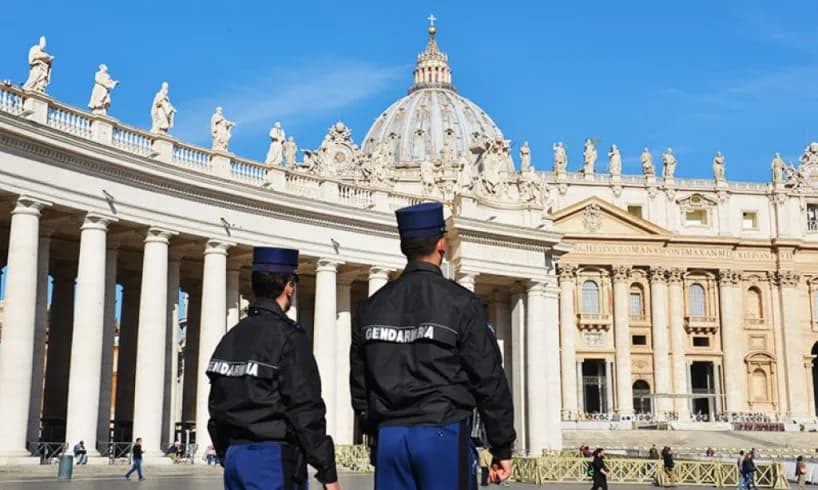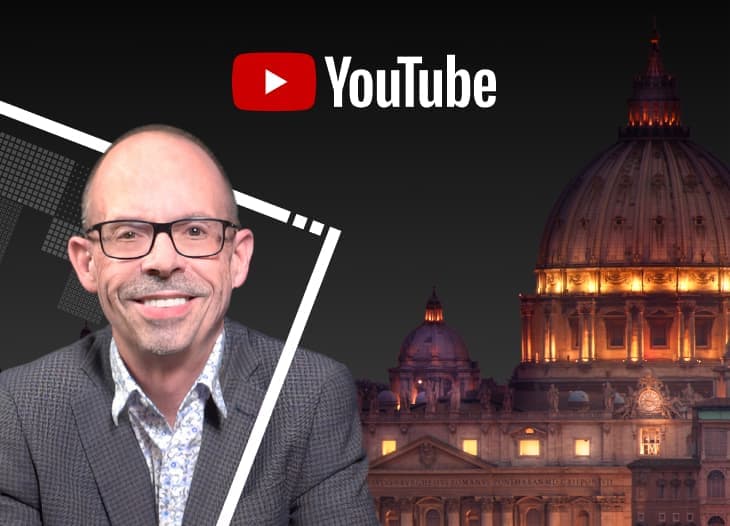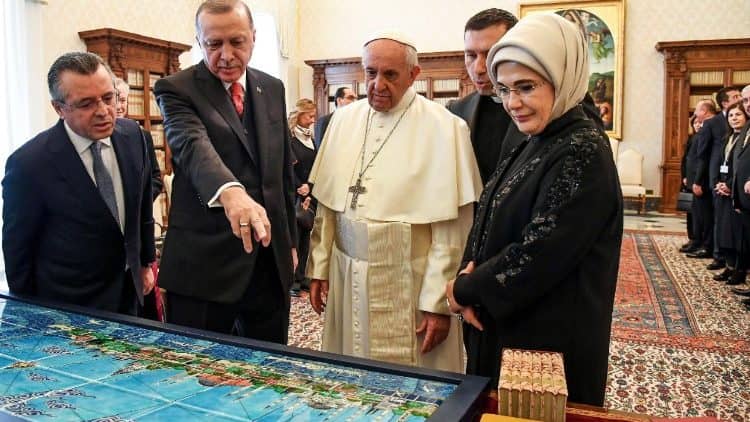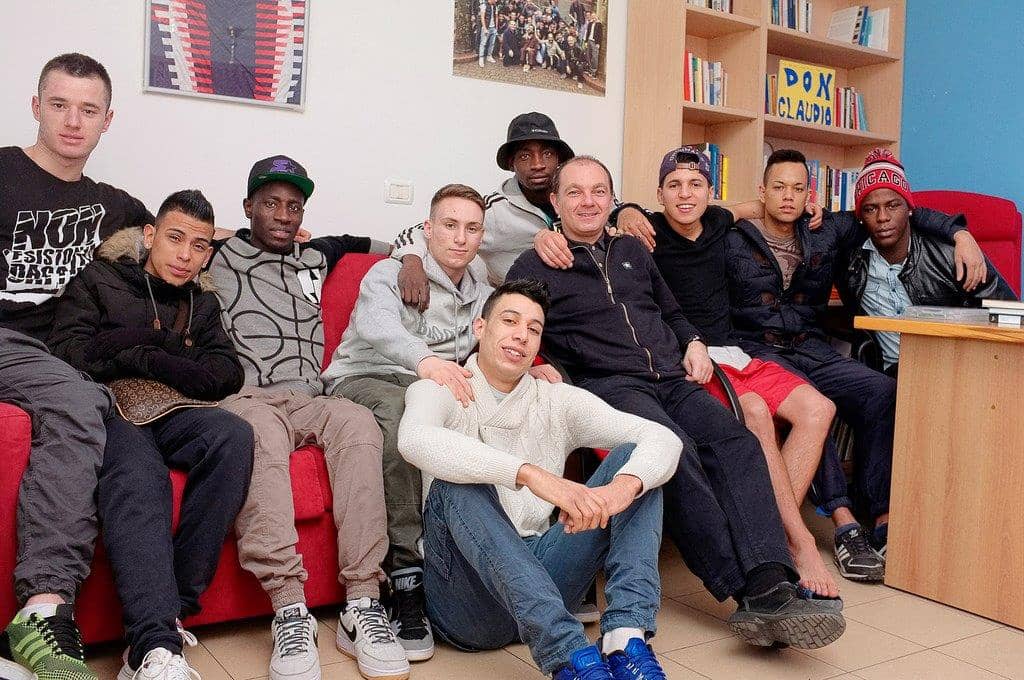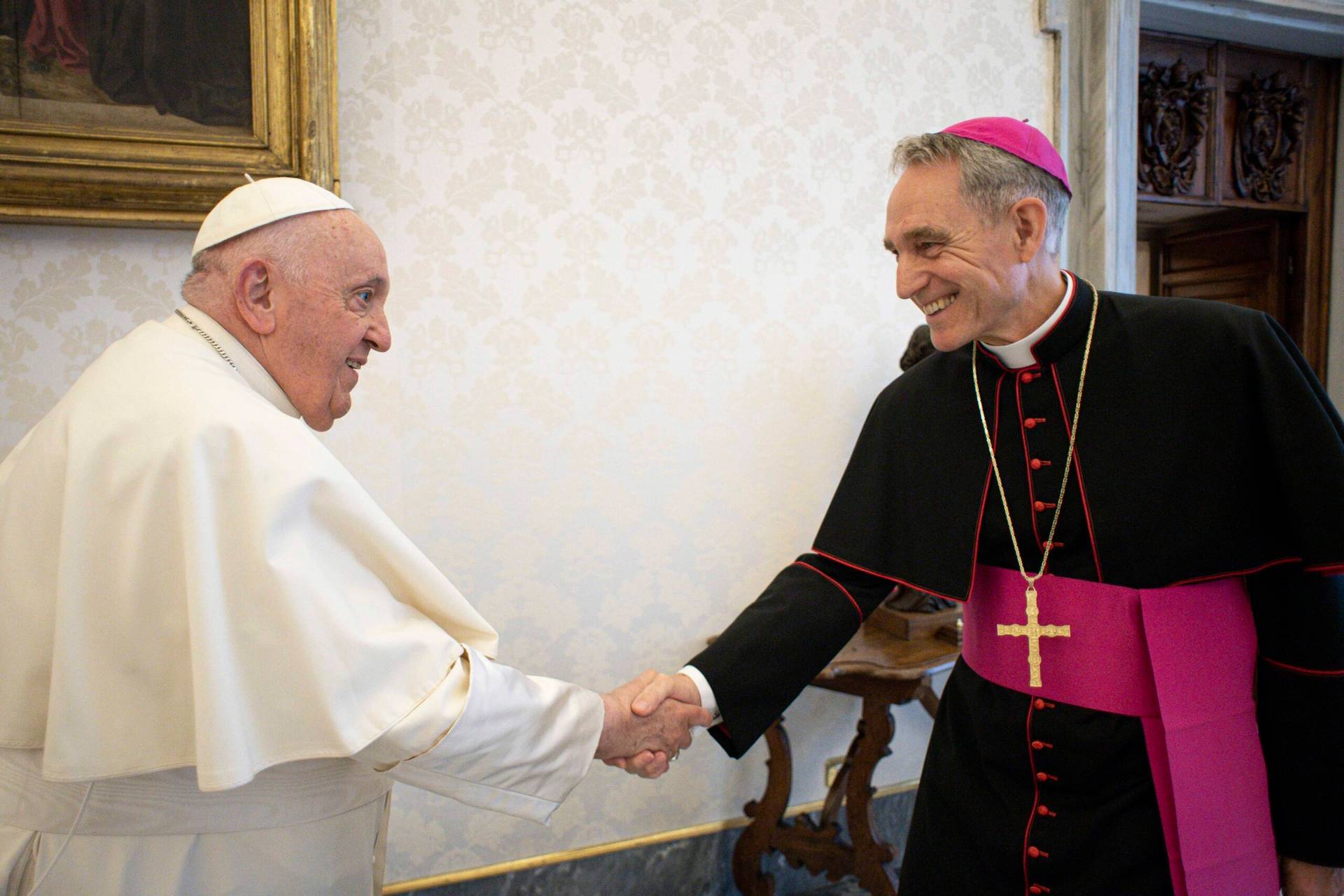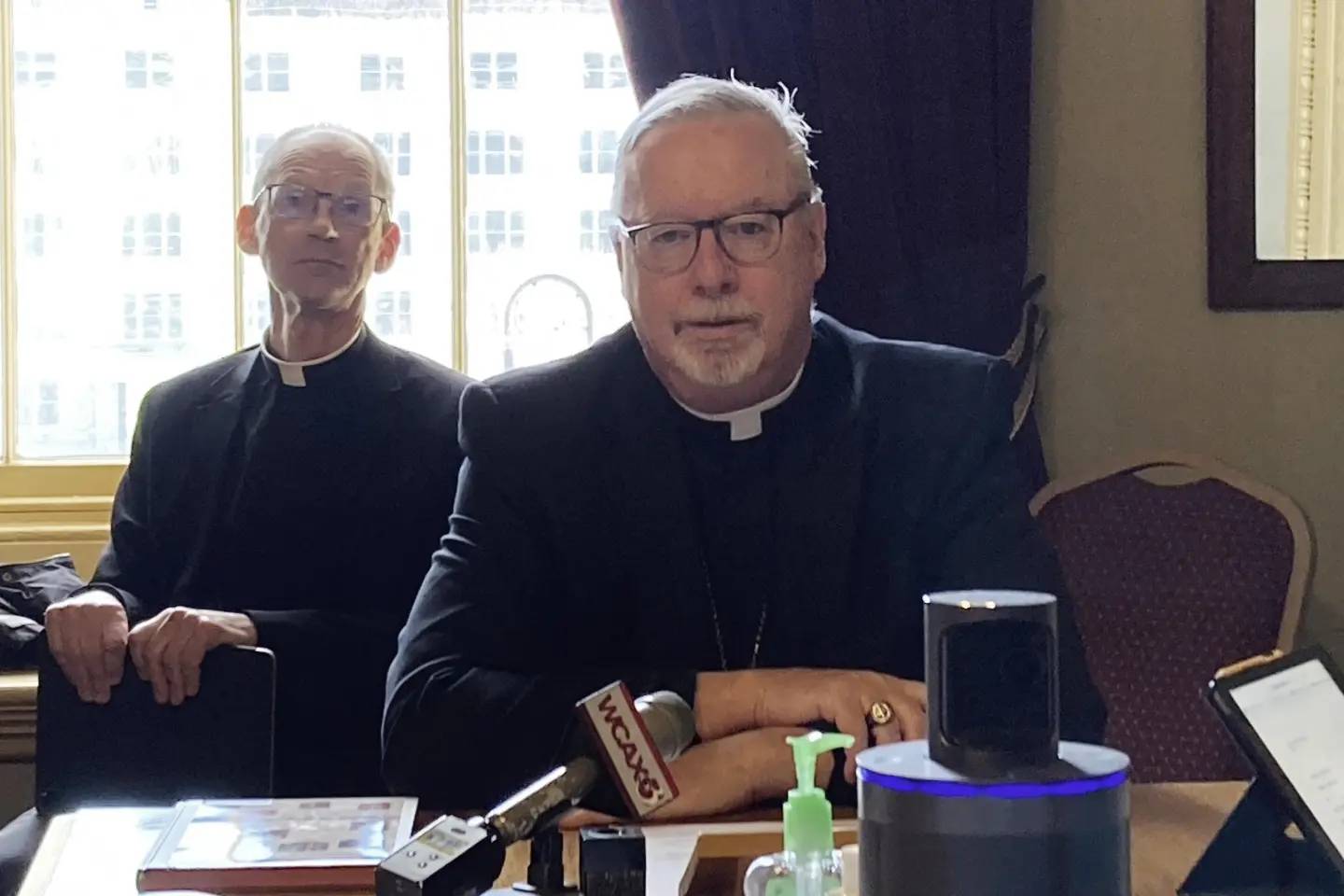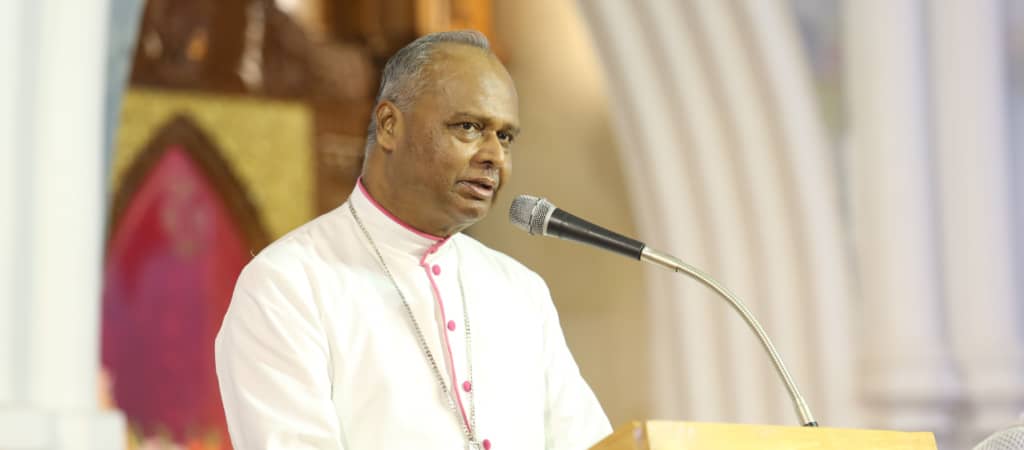ROME – Amid the usual cascade of news out of the Vatican in recent days was a curious item, which, among other things, touches upon the ever-vexed matter of papal security. It involves the arrest of a U.S. fugitive captured in St. Peter’s Square, armed with three knives, just before Pope Francis’s regular Wednesday General Audience on April 10.
53-year-old Moises Tejada, who has been classified as “extremely violent” by the New York State Department of Corrections and its Office of Special investigations on the basis of convictions for robbery and kidnapping, was flagged by Italian police that morning for suspicious behavior and detained, which led to the discovery of the three eight-inch knives in his possession.
It’s not clear if Tejada intended to pose any threat to the pope. According to reports in the Italian press, he told police he’d just arrived in Rome from Moldavia after leaving Ukraine, where, he claimed, he’d been engaged in fighting the Russians.
Tejada had been released from a New York maximum security prison on parole in March 2022, after being convicted for posing as a potential buyer, tying up and beating a real estate agent and stealing his car. He was placed on New York’s “most wanted” list after being reported for violating his parole. He’s now behind bars in Italy awaiting a formal extradition request.
In most respects, from a security point of view this may seem a success story: Italian police correctly identified a potential threat, after all, and neutralized it before anything untoward happened.
On the other hand, it’s also a reminder of how thin the security membrane around a pope actually is, and how often it’s really more luck – or, if you prefer, providence – which prevents disaster from striking.
I’ll tell two stories that illustrate the point.
The first comes from Pope John Paul II’s 2001 trip to Greece, the culminating act of which was a Mass at Athen’s Olympic Center. In the run-up to the trip there had been scattered protests from Orthodox hardliners objecting to the presence of a Roman pontiff on Greek soil, and to avoid a major public spectacle, the Mass was held indoors in what amounted to a basketball arena (John Paul’s throne, for the record, was situated under the home basket and scoreboard.)
The Mass was briefly interrupted when a man surreptitiously joined the line for the offertory procession and got to within roughly two feet of the pope before anyone realized he didn’t belong there and was wrestled away by local security. At the end of the Mass, an announcement was made over the loudspeaker that he was actually a mentally impaired individual who wanted to present John Paul with a collection of his drawings. The man was brought forward and the pope have him a warm embrace, triggering approving cheers from the crowd.
It was a happy ending, but it has to be recalled that a complete stranger, with no credentials whatsoever, managed to get within spitting distance of the pope without anyone challenging his presence or even noticing he was there. Had he wanted to harm John Paul, he would have had ample opportunity to do so.
Perhaps, you might say, such lapses reflected a more innocent time – after all, the trip to Greece took place four months before the Twin Towers attacks of 9/11, when security in general was far more relaxed.
To that end, here’s the second story, which dates from almost twenty years later.
On Sept. 2, 2020, Pope Francis held his first public General Audience since the outbreak of the Covid pandemic. To keep crowd size small, it was staged inside a courtyard within the Vatican’s Apostolic Palace, rather than in St. Peter’s Square.
As it happens, my wife Elise and I were in the crowd that day, not as journalists for once but as what the Italians call sposi novelli, or “new spouses.” It’s a longstanding custom that newly married couples who arrive at a Wednesday audience in their wedding clothes get a front-row seat and a personal blessing from the pope, and we wanted to take part.
We actually were married in January and got back to Rome from our honeymoon in mid-February, planning to do the sposi novelli right away, but shortly afterwards the Covid lockdowns hit and we were compelled to wait. (Technically rules state you have to be married within two months of the audience date, but no one was sweating such fine points at that stage.)
Me being me, I made sure we had copies of both our civil and ecclesiastical wedding certificates, as well as all both our Italian and American ID, in order to prove our bona fides. In the event, absolutely no one asked to see any of it, and it’s not because the ushers knew us as journalists – in keeping with Covid protocols, we were both wearing facemasks, so we were basically unrecognizable, and neither of us was displaying our press passes.
Instead, it was the simple fact we had on our wedding clothes that got us past security and into front row seats, without so much as a metal scan or a pat-down. I remember saying to Elise at the time that somebody could probably show up with an RPG, and as long as they were wearing a wedding suit, they’d be completely untroubled.
These are no more than two small personal experiences, but they illustrate a larger point: Over more than 25 years of doing this job, I’ve had occasion to compare the security apparatus involved in the public events of a pope as compared to, say, a President of the United States, and I’m here to tell you, there’s a world of difference. The barriers separating a pope from the public are simply far less formidable.
One could, of course, attribute this to the generally relaxed attitude Italians take to many matters Anglo-Saxons regard with far more severity, and that wouldn’t be entirely wrong. It’s also fair to say that popes first and foremost are pastors, not politicians, and they tend to desire the least possible separation between themselves and their flock.
However, there’s also another factor involved, which lifts the discussion of papal security out of the realm of tactics and protocols and into the dimension of faith. Simply put, popes don’t regard their personal security as entirely dependent upon bodyguards and metal detectors – they also believe in a role for the divine.
Recall, for instance, that John Paul II was profoundly convinced that on May 13, 1981, the date of Mehmet Ali Ağca’s assassination attempt – and, of course, also the feast day of Our Lady of Fatima – the Virgin Mary altered the flight path of a bullet in order to save his life and preserve his papacy. He later said that while Ali Ağca’s hand fired the gun, “it was a mother’s hand that guided the bullet’s paths and, in his throes, the pope halted at the threshold of death.”
To confirm the point, one year later he traveled to Fatima in order to place one of the bullets doctors had removed from his body in the crown atop the head of the famed image of the Virgin.
Of course, this is not to say that popes don’t take reasonable precautions or are cavalier about their personal security. Among other things, they know full well that if they take unnecessary risks, they’re not just placing themselves in harm’s way but everyone around them. No pope wants a 20-year-old Vatican gendarme, for instance, to die simply because the pontiff felt like rolling the dice that day.
On the other hand, popes also are hard-wired not to allow security concerns to get in their way when something important is at stake – because, after all, they believe their fate isn’t entirely in the hands of mortals, both those wishing them harm and those striving mightily to keep them safe.
